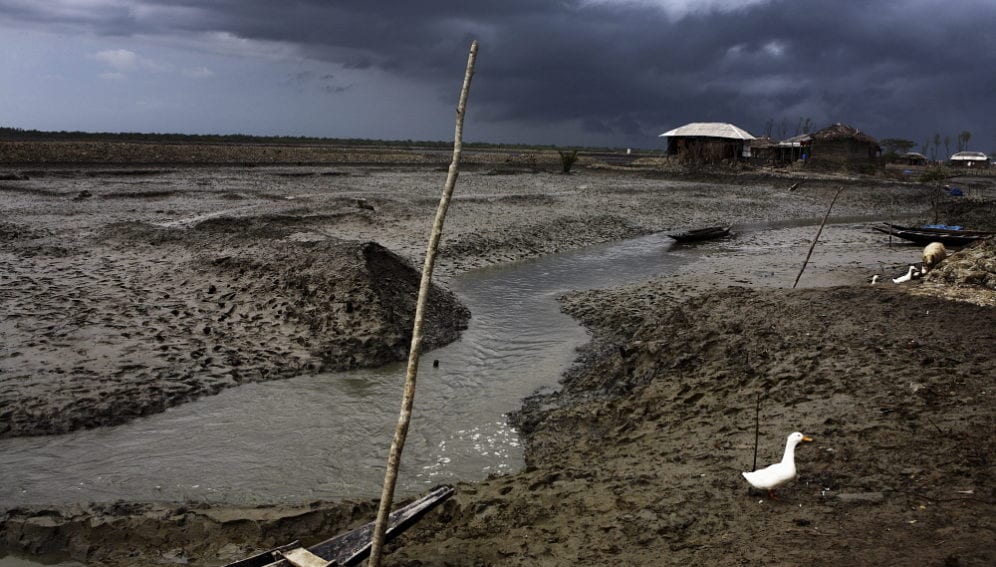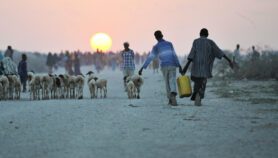By: Gareth Willmer
Send to a friend
The details you provide on this page will not be used to send unsolicited email, and will not be sold to a 3rd party. See privacy policy.
Developing nations should build resilience to extreme-weather events by learning from previous disasters and introducing technology such as early warning systems, says a report by UK-based scientific academy the Royal Society.
As an example, the researchers highlight Cyclone Phailin, which hit the east Indian state of Odisha in October 2013. It was the area’s strongest storm since Cyclone 05B struck in 1999, killing almost 9,000 people and leaving more than 1.5 million homeless. Yet just 44 people were killed in Odisha by the 2013 cyclone and related flash floods.
While last year’s storm still caused significant destruction, the researchers say the vastly reduced human cost shows “the effectiveness of building resilience through preparedness, early warnings, political commitment and technology”. They highlight how Odisha has pumped major investment this millennium into early-warning systems, infrastructure improvements, evacuation planning and shelters.
And such measures could be key in coming years as developing nations face a “significant and increasing” risk from extreme weather due to their growing populations and climate change, they say. Maps in the report illustrate that the impact of floods, heatwaves and droughts will grow in many areas worldwide, but the risk will be amplified in regions such as South Asia, South-East Asia and Sub-Saharan Africa because of their patterns of population rise and urbanisation.
Georgina Mace, a biodiversity expert at University College London, United Kingdom, who chaired the report’s working group, says the study provides a fresh take on climate vulnerability by “bringing together information on climate modelling for extreme events with population concentrations”, as well as their locations and ages.
The report, published on 27 November, makes a series of recommendations for boosting resilience, calling for action at local, national and international levels. International cooperation is especially important ahead of some key global negotiations on disaster-risk reduction, sustainable development and climate change in 2015.
Mace says many developing countries lack the resources to tackle resilience, so it is important for them to be supported through coordinated efforts between international climate and disaster bodies and mechanisms such as the UN Framework Convention on Climate Change, the Hyogo Framework on cutting disaster risk and the forthcoming Sustainable Development Goals.
But she adds that many things can also be done at a community scale, such as reestablishing mangroves and planting vegetation to protect coastal areas against cyclones and tsunamis rather than large-scale engineering such as dams and sea walls.
Saleemul Huq, director of research body the International Centre for Climate Change and Development in Dhaka, Bangladesh, says the report offers an “important input into planning adaptation to climate change in South Asia by highlighting the need to focus on key vulnerable groups and ensure enhanced standards for engineering interventions”.
But Chandra Bhushan, deputy director-general of research organisation the Centre for Science and Environment in New Delhi, India, says the international community must not “shrug off its responsibilities” for supporting developing nations even if national governments increase their own roles in handling extreme weather events.
“The fact is that many poor countries will not be able to handle these events [and] their loss and damages would be very large,” says Bhushan. “For these countries, we need a global mechanism for restitution.”
> Link to Resilience to extreme weather














